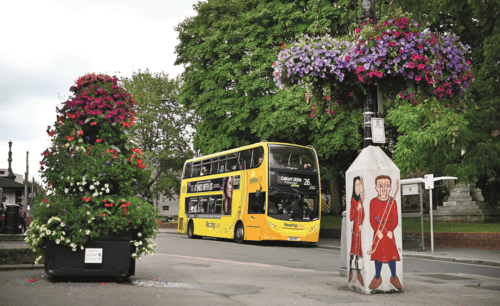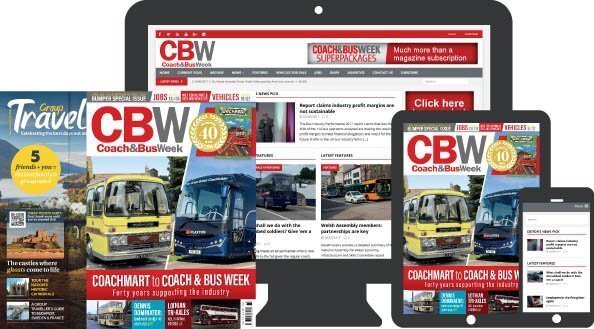
As the new Government plans to remove the ban on forming publicly-owned bus companies to ‘build on the success of award-winning public bus services still in operation,’ in the first of a two-part feature Adrian Morton looks to Reading Buses to provide inspiration on what it means to be a municipally-owned bus company
A common misconception of those outside the industry is that municipal ownership means that the council makes the decisions about which services operate, and what fares are charged. This could not be further from the truth, as municipal bus companies are required to operate as a commercial business on an arms-length basis, in the same way as a privately owned company.
However, as sole shareholder the local council can set and monitor the overall strategy of the company. This could be to maximise profitability to provide a specific return on capital, or, as in Reading Buses’ case in recent years, to provide the best possible service to the region, within the company’s own means, to grow both organically and opportunistically.
The local transport authorities (LTAs) retain the same, separate responsibility for transport planning, passenger transport and highways. In Reading, Council officers must consider both the conflicting interests of a shareholder and an LTA and form a balanced view. The fundamental strength, especially where the shareholder is the LTA, is that any operational benefit derived from supporting highway measures, such as the introduction of a bus lane or parking restrictions, is guaranteed to return a benefit to the community, either through improved bus services or increased dividends in return for the investment.
The Reading model
Reading provides an excellent example of cross-boundary working, as the six unitary authorities that have administered the former County of Berkshire since 1998 all have bus services provided by Reading Buses to a greater or lesser extent, as the company has expanded well beyond the traditional Reading Borough boundaries since deregulation in 1986. That said, the first route to regularly run beyond the boundary began in 1957, when the town started to expand beyond the traditional boundaries. Reading Buses serves 10 LTAs in total, plus routes into London.
The expansion recognises the fact that travel and transport do not correspond to local authority boundaries and at the very least, the travel to work area stretches far beyond the edge of the borough. Reducing the need for people to travel into Reading by car, by providing good public transport in and out, reduces the number of cars on the roads that the residents in Reading live on. There is also a commercial imperative for the company to make the maximum use of overheads and to develop the service offered to people outside of Reading.
[…]
By subscribing you will benefit from:
- Operator & Supplier Profiles
- Face-to-Face Interviews
- Lastest News
- Test Drives and Reviews
- Legal Updates
- Route Focus
- Industry Insider Opinions
- Passenger Perspective
- Vehicle Launches
- and much more!


